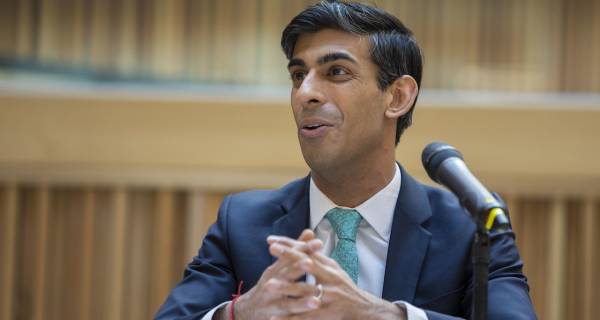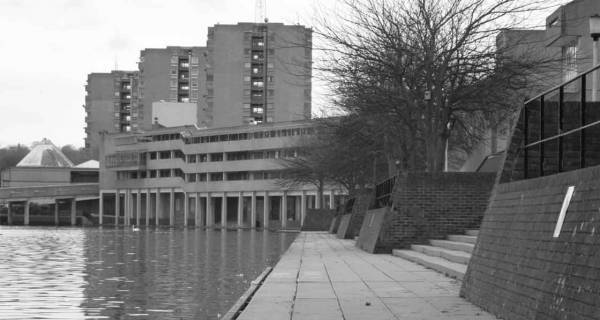1970s Arkansas & Illinois prototypes: progress towards passive house
In his latest column, Dr Marc O’Riain looks back at two American prototypes for the passive house standard that embraced heat pump technology as well as principles of superinsulation and airtightness.




















